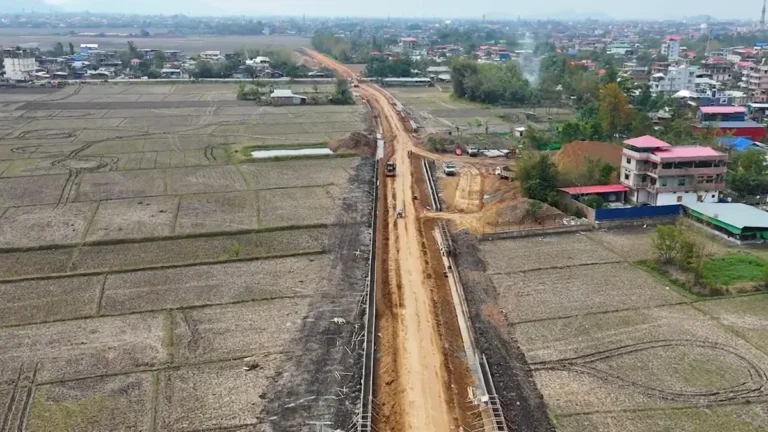Relief for Rhea Chakraborty in Sushant Singh Rajput Case: Exploring Legal and Media Implications
Summary of Recent Developments
The Supreme Court recently provided relief to actress Rhea Chakraborty in relation to the high-profile Sushant Singh Rajput case. Following intense media scrutiny and legal battles, this decision has re-ignited conversations around celebrity cases, mental health, and the impact of public opinion on judicial processes in India.
Full Article: The Case, Legal Insights, and Media’s Role in High-Profile Cases
Background of the Case
The tragic passing of actor Sushant Singh Rajput in 2020 shocked the nation, leading to numerous theories and speculations. His girlfriend at the time, actress Rhea Chakraborty, faced significant scrutiny, with various accusations and narratives unfolding in the media and through legal channels. The case took twists and turns, from mental health discussions to criminal investigations, captivating the public and media alike.
Examining the Supreme Court’s Role and the Legal Journey
The Supreme Court’s recent decision to provide relief to Rhea Chakraborty highlights the judiciary’s role in balancing individual rights with public interest. This ruling touches upon essential aspects of due process, evidentiary standards, and fair trials, particularly within high-stakes cases where public opinion often overshadows facts.
- Presumption of Innocence
In any criminal investigation, the presumption of innocence is a fundamental right. Chakraborty’s case became a litmus test for this principle, especially as public judgment surged based on speculation rather than concrete evidence. The Court’s relief underscores the necessity of separating personal and media-driven biases from legal facts. - Media Trials and Public Perception
Chakraborty’s situation reflects how media trials can complicate legal proceedings. The extensive media attention on the case led to various narratives, often lacking verified information. Such coverage risks overshadowing judicial integrity, potentially affecting the lives of the accused and their loved ones. - Judicial Process and Mental Health Awareness
Rhea’s case brought mental health discussions to the forefront in a society where the topic is often stigmatized. The Court’s decision encourages a more thoughtful approach, recognizing the complexities surrounding mental health issues and the sensitivity needed in investigations related to mental health.
Impact of the Verdict on Public Figures and Legal Procedures
The Supreme Court’s relief serves as a reminder of the rights to privacy and fair treatment under the law, which should extend to all, regardless of public status. High-profile cases can influence public perception of the judicial system, making it crucial for the courts to uphold fairness, especially in cases involving celebrities who are susceptible to public judgment.
Long-Term Implications on Legal Precedents and Media Responsibility
The relief granted by the Supreme Court to Rhea Chakraborty emphasizes the need for legal integrity over societal biases. This ruling is likely to influence future legal precedents on celebrity cases, reinforcing boundaries between the media’s role and judicial processes.
- Evolving Judicial Precedents
The verdict is expected to shape future judgments in cases where public figures are involved, potentially setting new standards for media conduct and judicial discretion. This shift may help prevent undue public influence on cases and protect the legal rights of individuals under scrutiny. - Strengthening Media Accountability
As public opinion and media continue to intersect with judicial matters, a focus on responsible reporting could aid in reducing biased narratives. This case shows how essential it is for media outlets to present facts responsibly and avoid sensationalism that may influence public perception unfairly.
FAQs
1. What is the significance of the Supreme Court’s relief for Rhea Chakraborty?
The relief reinforces the principles of fair trial and presumption of innocence, showing that courts can remain unbiased even in high-profile cases.
2. How does media attention affect legal proceedings?
Excessive media scrutiny can introduce bias, potentially influencing public perception and, in some cases, pressuring judicial processes.
3. What role does mental health awareness play in this case?
This case has underscored the importance of addressing mental health with sensitivity and understanding, rather than stigmatization.
4. How can media trials impact an individual’s life?
Media trials can lead to public judgment, impacting an individual’s reputation, mental health, and personal life, often without substantiated facts.
5. What are the potential long-term impacts of this case on celebrity trials in India?
It could set a precedent for balancing media freedom with judicial independence, encouraging fairer treatment of public figures in legal matters.

